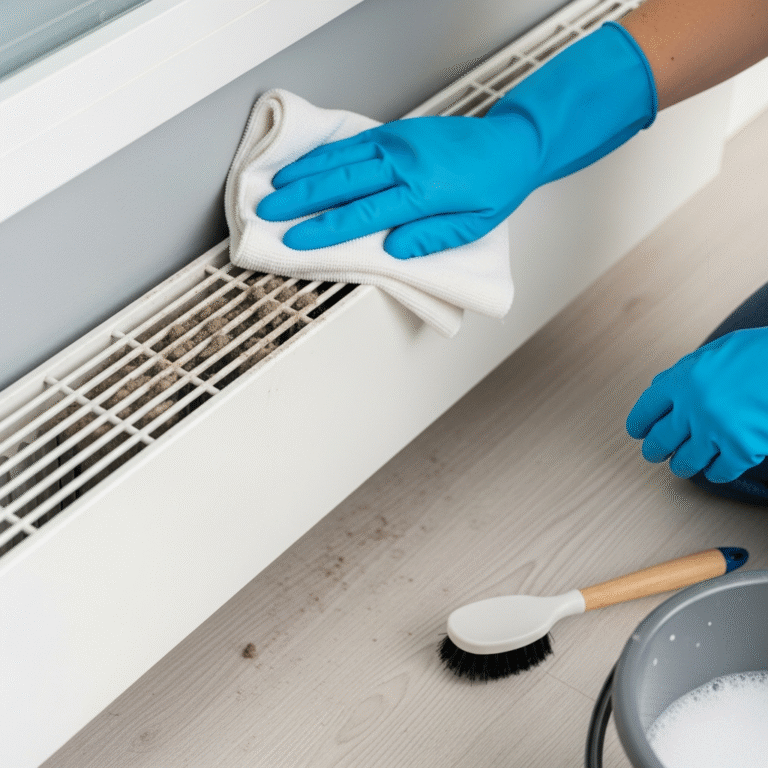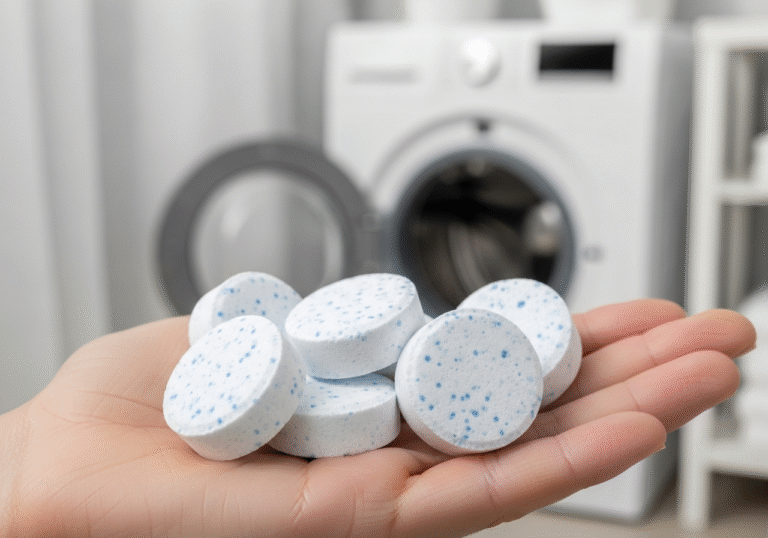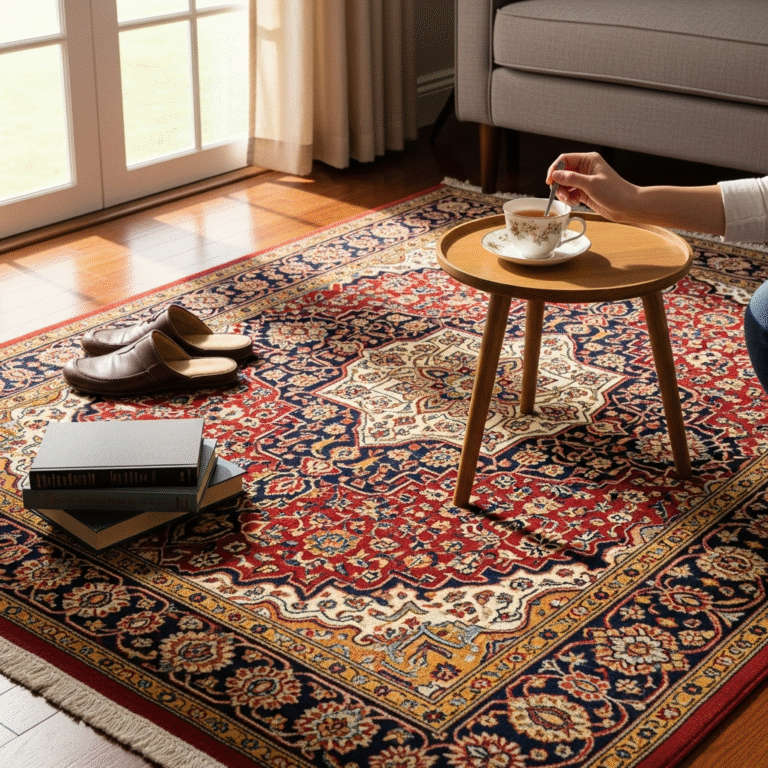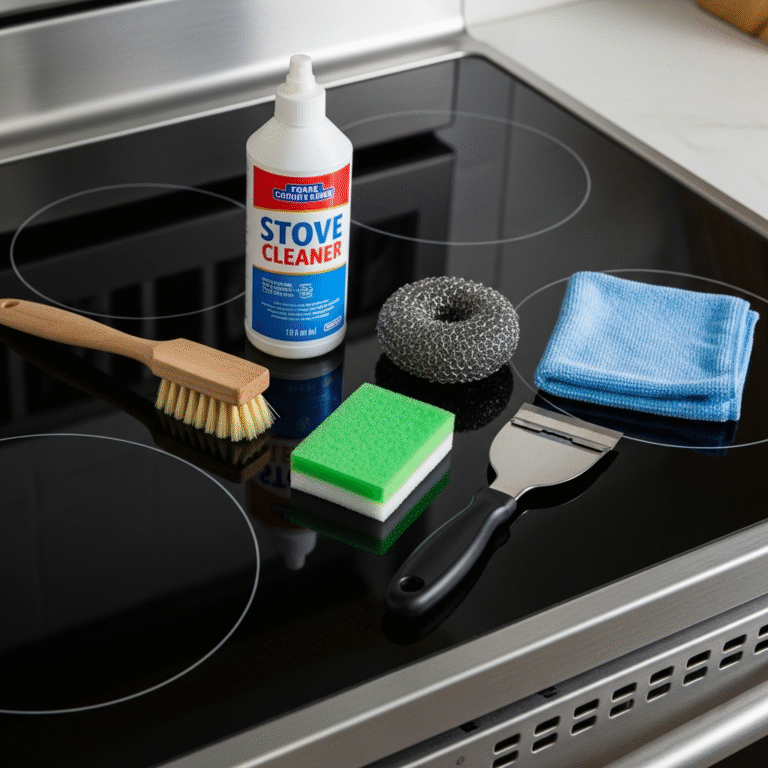Hey, folks! Let’s chat about something we often take for granted: Indoor Air Quality Affect Your Health? Ever wonder if it really impacts your health? Spoiler alert: It absolutely does! Indoor air quality plays a massive role in our well-being. Let’s break down why it’s important and how you can make it better.
Why Indoor Air Quality is a Big Deal for Your Health
When we think of air pollution, our minds often jump to smoggy city streets or industrial smokestacks. But what about the air inside our homes? Surprisingly, it can be just as polluted, if not more so, than outdoor air. Our homes, the places where we should feel safest, can be teeming with airborne enemies that we’re not even aware of.
Hidden Nasties – Think about all the things in your home right now. Cozy, right? But lurking within this comfort are unseen dangers. Your fluffy carpet, your beloved pet, even your favorite scented candles can be sources of indoor pollutants. Dust mites, a common household allergen, thrive in bedding, upholstered furniture, and carpets. Pet dander, a trigger for allergy sufferers, circulates freely in the air. Mold, a result of excess moisture, can grow in bathrooms and kitchens, releasing spores that can cause respiratory issues. These VOCs can evaporate into the air at room temperature, potentially causing headaches, dizziness, and other health problems.
24/7 Exposure – Here in Toronto, with our chilly winters and hot summers, we spend a lot of time indoors. This means we’re constantly exposed to whatever is in our indoor air. Whether we’re sleeping, working, or just hanging out, we’re breathing in whatever’s floating around in our home. For those with allergies or asthma, this constant exposure can mean a never-ending cycle of symptoms. And for the rest of us, it could mean a gradual impact on our health without us even realizing it.
Long-Term Impact – The effects of poor indoor air quality aren’t always immediate. They can creep up on us over time, leading to more serious health issues down the road. Consistent exposure to pollutants can exacerbate respiratory conditions like asthma and can even lead to the development of chronic respiratory diseases. But it’s not just our lungs that are at risk. Studies have shown that long-term exposure to certain air pollutants can have cardiovascular effects as well. This means that the air in our homes could potentially be affecting our heart health.
Embrace Fresh Air
Opening Windows: One of the simplest yet most effective ways to improve indoor air quality is by opening your windows. This straightforward action invites a natural flow of fresh air into your home, diluting and displacing indoor air pollutants. Whether it’s pollen, dust, or chemical residues from household cleaners, opening windows helps to flush these out, replacing stale, contaminated air with cleaner, outdoor air.
Using Exhaust Fans: Now, let’s talk about the role of exhaust fans, particularly in kitchens and bathrooms. These areas of your home are hotspots for moisture and odors. Cooking, for example, releases a variety of particles and gases into the air, some of which can be harmful if inhaled in large quantities. Similarly, bathrooms are prone to mold and mildew growth due to high humidity levels. Exhaust fans come into play by effectively removing moist air, odors, and airborne pollutants from these rooms. When you cook or take a hot shower, turning on the exhaust fan helps in reducing the potential for mold growth and ensures that any harmful byproducts of cooking are quickly removed from your indoor environment.
Why This Matters: The combined approach of opening windows and using exhaust fans is a proactive way to maintain good air quality inside your home. By doing so, you’re not just making the air in your home more pleasant to breathe; you’re also contributing to a healthier living environment. Reducing the levels of indoor pollutants can have a significant impact on your overall health, especially for those with respiratory issues or allergies. Plus, it’s a cost-effective and easy-to-implement solution that can make a big difference in the feel and safety of your home environment.

Keep It Clean
Regular cleaning is more than just about keeping your place looking neat; it plays a pivotal role in the quality of air you breathe indoors. Dusting and vacuuming are key activities in this routine. Dust accumulates a variety of allergens like pet dander, pollen, and dust mites, which can trigger allergic reactions and respiratory issues. For those with pets, it’s even more critical. Pet hair and dander can easily become airborne and contribute to indoor air pollution.
Vacuuming with a good-quality vacuum cleaner, preferably one with a HEPA filter, is vital. These filters are designed to trap very fine particles that other vacuums might recirculate back into the air. By regularly vacuuming carpets, rugs, and even upholstery, you significantly reduce the amount of dust and allergens in your home.
The choice of cleaning products is equally important. Many conventional cleaning products contain harsh chemicals that can release volatile organic compounds (VOCs) into your indoor air. These compounds can be harmful when inhaled and contribute to indoor air pollution.
Opting for natural, non-toxic cleaning products is a healthier choice. These products are made from ingredients that are less likely to degrade your indoor air quality. You can even make your own cleaning solutions using everyday household items like vinegar, baking soda, and lemon juice. These natural ingredients are effective at cleaning and are much safer for your indoor air.
Green It Up with Plants
Certain plants, like spider plants and peace lilies, are celebrated for their air-purifying abilities. These plants do more than just add a touch of greenery; they actively work to cleanse the air. How? They absorb common indoor pollutants through their leaves and roots. These pollutants, such as formaldehyde, benzene, and trichloroethylene, are commonly found in household items and can be harmful over time. Plants like the spider plant and peace lily have been shown to effectively reduce these contaminants, contributing to cleaner indoor air.
What’s more, these plants are not only effective but also low-maintenance, making them a great addition even for those who don’t have a green thumb. They thrive in indoor conditions with minimal care, making them perfect for busy homeowners who want the benefits of cleaner air without the hassle of high-maintenance gardening.
In addition to filtering out pollutants, plants play a crucial role in oxygenating the air. Through the process of photosynthesis, plants take in carbon dioxide and release oxygen. This natural process means that having plants in your home can increase oxygen levels, making the air feel fresher and more revitalizing. This is especially beneficial in urban homes where outdoor air quality may not be ideal.

Mind Your Moisture
Dehumidifiers play a vital role in controlling indoor humidity levels. These devices work by extracting excess moisture from the air, thereby reducing the likelihood of mold and mildew growth. Mold thrives in damp, humid environments, and its spores can significantly degrade air quality, leading to respiratory issues and allergic reactions. By maintaining a drier environment, dehumidifiers help in preventing mold from establishing itself in your home.
This is particularly important in naturally damp areas of the home, like basements, laundry rooms, and bathrooms. In these spaces, a dehumidifier can be a game-changer, keeping the air drier and healthier. It’s not just about preventing mold; lower humidity levels also make your home less hospitable to dust mites, another common indoor allergen.
Another critical aspect of moisture control is addressing leaks as soon as they’re discovered. Leaks, whether from pipes, roofs, or windows, can create damp spots that are ideal for mold growth. Over time, even a small, unchecked leak can lead to significant mold problems, not to mention potential damage to your home’s structure and furnishings.
By promptly fixing leaks, you’re taking a proactive step in preventing mold growth. Regular inspections of pipes, roofs, and areas around windows can help in identifying potential problems before they escalate. Addressing these issues quickly not only preserves the integrity of your home but also ensures that your indoor air remains as healthy as possible.
Filter and Purify
Your home’s heating, ventilation, and air conditioning (HVAC) system plays a crucial role in circulating air throughout your house. The filters in these systems are designed to trap dust, pollen, pet dander, and other airborne particles. However, over time, these filters can become clogged with debris, diminishing their effectiveness and potentially circulating polluted air.
Regularly changing your HVAC filters is a simple yet highly effective way to maintain clean air in your home. New filters work efficiently to trap pollutants, ensuring that the air circulating through your HVAC system is as clean as possible. This is especially important for those with allergies or respiratory issues, as it minimizes their exposure to irritants.
In addition to regularly changing HVAC filters, incorporating air purifiers into your home can further enhance indoor air quality. Air purifiers work by drawing in air and passing it through filters to remove contaminants. Some purifiers are equipped with HEPA filters, which are extremely effective at capturing microscopic particles.
Air purifiers are particularly beneficial in bedrooms or high-traffic areas of your home. In bedrooms, they help ensure that the air you breathe during sleep is clean, which is crucial since we spend a significant portion of our time sleeping. In high-traffic areas, such as living rooms or kitchens, purifiers can help manage the higher levels of dust, odors, and other pollutants that accumulate in these spaces.
Mindful Renovations
Volatile Organic Compounds (VOCs) are chemicals found in many traditional building materials, paints, and finishes. These compounds can off-gas into your home’s environment, potentially causing a range of health issues, from headaches and dizziness to more serious long-term effects.
Opting for low-VOC products during painting or renovating is a health-conscious choice. These products emit fewer harmful chemicals into the air, thus preserving the quality of your indoor environment. This is particularly crucial in enclosed spaces where ventilation may be limited. By choosing low-VOC paints, adhesives, and finishes, you’re not only creating a beautiful space but also ensuring that it remains a healthy one.
Good ventilation is key during any renovation project. It’s essential for dispersing any harmful chemicals or dust that might be released during the process. This means keeping windows and doors open where possible and using fans to circulate air out of the work area.
Proper ventilation is also important after the project is completed. Some building materials and finishes can continue to off-gas for a period of time. Maintaining good air circulation during this period helps to minimize your exposure to any residual VOCs or other pollutants.

Makes Indoor Air Quality Affect Your Health for Good!
Embarking on the journey to improve your home’s indoor air quality is more than just a task—it’s a commitment to your health and well-being. In our bustling Toronto lives, where the pace is fast and the air outside can be less than ideal, it’s crucial to ensure the air we breathe inside our homes is of the best quality. By incorporating practices like proper ventilation, routine cleaning, embracing houseplants, managing humidity, using air purifiers, and choosing low-VOC products during renovations, you are actively creating a healthier, more livable space. These measures, while seemingly simple, have a profound impact on the air quality in your home, transforming it into a sanctuary of health and comfort.
As we spend significant time indoors, especially during those brisk Toronto winters, the importance of indoor air quality cannot be overstated. It’s not just about comfort, but about safeguarding the health of you and your loved ones. Regular maintenance of HVAC systems, mindful cleaning with natural products, and the strategic placement of air-purifying plants are small, yet powerful steps in this direction. These efforts, consistently applied, can significantly reduce the presence of allergens, pollutants, and irritants, ensuring that every breath you take indoors is as refreshing and nourishing as possible.
Finally, for those in the Toronto area looking to elevate their home’s air quality, consider tapping into local resources and services. Toronto Shine Cleaning offers a range of services that can greatly contribute to improving your indoor environment. From deep cleaning to regular maintenance, these services are designed to tackle the unique challenges of urban living, ensuring your home remains a bastion of health and cleanliness. Embrace the journey towards better indoor air quality, and remember, when it comes to the air you breathe in the comfort of your home, your health is indeed worth it. Explore services like those offered by Toronto Shine Cleaning to make this journey easier and more effective.



















